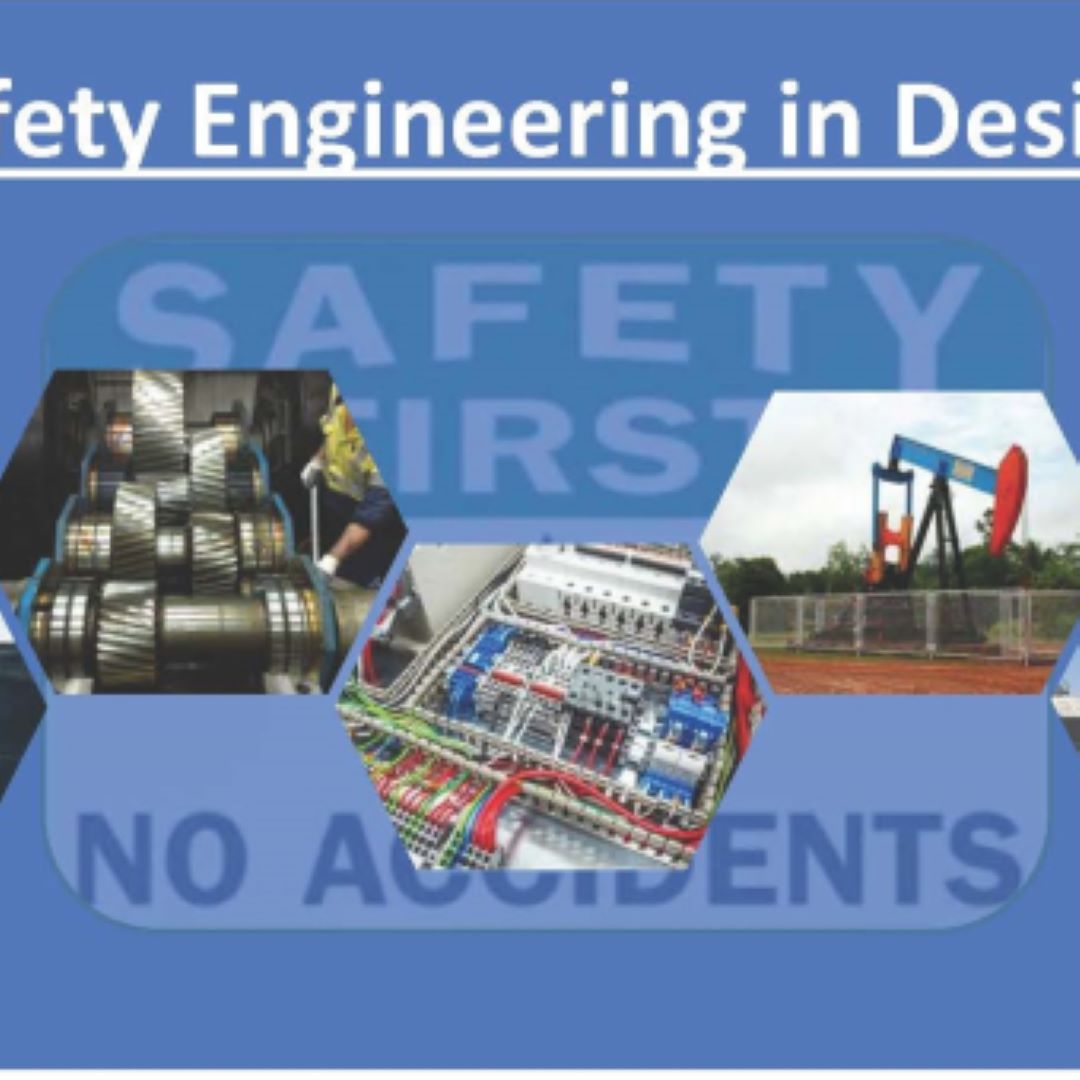
- This event has passed.
Safety Engineering in Design

Background & About the Course
This training is designed to provide participants with knowledge and understanding of safety engineering in the design phase. The course begins with an overview of key safety engineering terms such as hazard, danger, and risk. It covers process design, engineering drawings, and protection layers in safety engineering. Various techniques for identifying hazards in safety engineering design—such as HAZID, HAZOPS, Fault Tree Analysis (FTA), and Event Tree Analysis (ETA)—will also be discussed.
By participating in this training, attendees will gain a comprehensive understanding of safety engineering in design, enabling them to create operational systems that are not only reliable in terms of engineering and cost but also safe.
Course Objectives
After completing this training, participants will be able to:
- Understand the fundamental principles of Safety Engineering and its application in industrial system and facility design.
- Integrate safety aspects into the design process to reduce risks from the project’s early stages.
- Enhance their ability to identify hazards and evaluate risks during the design process.
- Comprehend the concept of inherently safer design to create systems that are naturally safer.
- Apply analytical tools and methods such as HAZID, HAZOP, FMEA, Fault Tree Analysis (FTA), and Event Tree Analysis (ETA) for comprehensive safety design evaluation.
- Design safety controls, including barriers and safeguards, to prevent accidents.
- Utilize case studies and real-world experiences to understand challenges and best solutions in Safety Engineering in Design.
Who Should Attend
Recommended Participants:
- HSE Professionals
- Process, Piping, and Rotating Equipment Professionals
- Operations and Maintenance Professionals
- Instrumentation and Electrical Professionals
- Project Engineers, Site Managers, and Field Superintendents
- Production, Oil and Gas Processing, and Drilling Supervisors and Engineers
- Pipeline Inspectors, Supervisors, and Engineers
- Safety and HSE Officers
Course Outline
- Safety Engineering Terminologies: Hazard, danger, risk, event, incident, accident
- Design Process & Safety Engineering: Basic engineering design data, process calculation examples, Front End Engineering Design (FEED), detailed design
- Layers of Protection for Safety & Reliability: Independent Protection Layer (IPL), process control, alarm systems, relief systems
- Engineering Drawings in Design: Process Flow Diagram (PFD), Piping & Instrumentation Diagram (P&ID)
- Basic Process Control System (BPCS): Process control loops, measuring elements, controllers, final control elements
- Safety Instrumentation System (SIS): Sensors, logic solvers, final elements, Safety Integrity Level (SIL)
- HAZID (Hazard Identification): Project safety activities, checklists, “What If” analysis, process hazard analysis
- Hazard and Operability Study (HAZOPS): Nodes, deviations, causes, consequences, recommendations
- Fault Tree Analysis (FTA)
- Event Tree Analysis (ETA)
- Hazardous Area Classification (HAC): Class, division, zone, temperature class, material class
- Case Studies
About the Course Leader
Ir. In Jumanda K, M.T.
In addition to his role as a lecturer, Mr. Jumanda has conducted nearly 280 training sessions (both public and in-house) across various industries, particularly in oil and gas, since 1997. He holds both Bachelor’s and Master’s degrees in Chemical Engineering from the Bandung Institute of Technology. He has also completed nine specialized courses in the oil and gas field at PETEX (Petroleum Extension), University of Texas at Austin, in 2018.
Mr. Jumanda possesses numerous professional certifications, including a Lecturer Certificate from the Indonesian Minister of Education, Construction, Electrical, and Fire Protection Certificates from the HSE Association Indonesia (ALPK3), and Risk-Based Inspection (RBI) Facilitator certification. He is also certified in Instrumentation Engineering Design for Oil & Gas Projects with INtools and has qualifications in HAZOPS and HAZID from the Indonesian Certifying Agency (BNSP).
He has delivered training to major capital-intensive companies such as Pertamina, PHE, PHI, PHR, PGN, Chevron, ConocoPhillips, Total Indonesia, CNOOC, Medco, and many others. Mr. Jumanda has been directly involved in numerous projects, including Feasibility Studies (FS), Front-End Engineering Design (FEED), and Risk-Based Inspection (RBI) in the oil and gas industry for both national and international companies.
